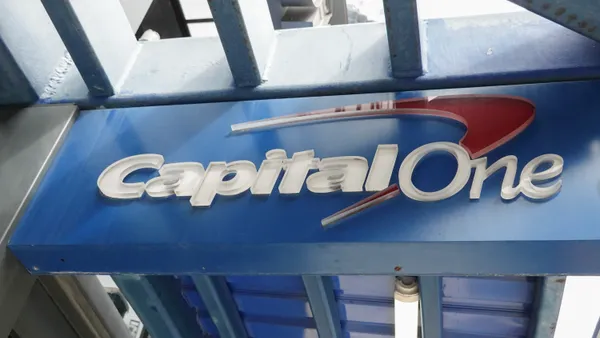As banks prepare for the upcoming small business lending rule and section 1071 regulation, the compliance landscape is shifting in ways that demand both attention and innovation. Section 1071, part of the Dodd-Frank Act, will significantly increase data reporting requirements for small business lending, necessitating greater transparency and precision from financial institutions.
The Key Issues
- Rising Pressure on Data Transparency and Fair Lending Compliance: Dodd-Frank’s Section 1071 requires transparency in small business lending practices, particularly for minority- and women-owned businesses. The data collected will give regulators crucial insights, but banks must significantly increase their data handling capabilities to meet these heightened standards.
- Increasing Volume and Complexity of Data: The 1071 rule mandates that banks gather, categorize, and report a variety of small business lending data—adding new layers of complexity and accuracy requirements. For banks that traditionally focused on consumer lending, this shift is a considerable challenge, underscoring the need for adaptable compliance solutions.
- Extended Deadline as an Opportunity, Not a Reprieve: While the deadline for tier 1 banks has been extended to July 2025, this extension should not be viewed as leniency. Regulators have made clear that they expect rigorous compliance starting June 2026, giving banks a short window to implement reliable compliance processes.
- Evolving Expectations from Regulators and Stakeholders: Beyond regulatory requirements, stakeholders including investors and customers now prioritize fair lending and transparency, holding banks to increasingly high standards. The need for scalable solutions has never been more pressing.
Meeting 1071 Compliance Deadlines with Automation
With increased reporting obligations and tight deadlines, the manual processes many banks currently rely on are unlikely to keep up. Automation offers a sustainable path for meeting these demands.

Originally required by October 2024, tier 1 banks now face a compliance deadline of July 18, 2025, with initial filings due by June 1, 2026. This extension offers a valuable window for institutions to adopt automation solutions that streamline compliance without overwhelming their teams. Encapture has already been a trusted partner in this domain; banks are turning to Encapture for 1071 compliance because of its proven success with regulatory modules for HMDA and CRA. These modules have already demonstrated how automation can transform hours-long compliance tasks into efficient workflows, reducing errors and ensuring banks meet rigorous standards.
"With 1071 on the horizon, large banks need to get ready now," says Marvin Tellez, CIO, Advanedge Consulting and SVP of Lending Systems at Century Bank. "Reporting on small business lending isn’t going to be a simple task, and automation is key to staying ahead. Intelligent document processing can handle the heavy lifting, allowing teams to focus on strategic priorities. For banks facing this new reporting, it’s time to start automating—waiting isn’t an option."
Why Should Financial Institutions Automate Now?
- Efficiency and Accuracy: For banks striving to meet 1071’s stringent data requirements, automation provides efficiency and accuracy that manual processes cannot match. Automating compliance tasks reduces the likelihood of human error, which is crucial in avoiding costly regulatory penalties.
- Compatibility with Existing Systems: Automation tools can be seamlessly integrated into banks' unique workflows, allowing compliance teams to benefit quickly and focus on strategic priorities, such as preparing for future CRA regulations. Tools that integrate with all banking core systems and the LOS offer a huge advantage.
- Regulatory Confidence and Future Preparedness: Automation strengthens compliance by enabling proactive monitoring and document validation, minimizing errors and assuring regulators. This proactive approach prepares banks to manage not only today’s requirements but also future regulatory challenges.
A Strategic Investment
Automation has become a critical tool for banks, providing both compliance solutions and a competitive edge. With rising regulatory demands like 1071, efficiency and accuracy are paramount, and manual processes simply cannot keep pace. By adopting automation, banks minimize compliance risks and inefficiencies, empowering their teams to focus on strategic goals. Institutions that implement automated solutions now will enhance operational efficiency and be well-prepared for both current and future compliance challenges.










